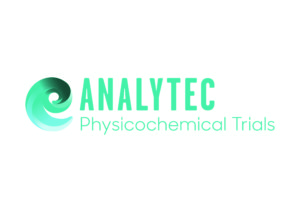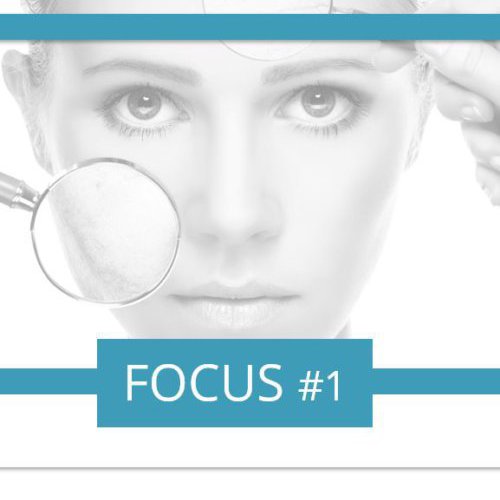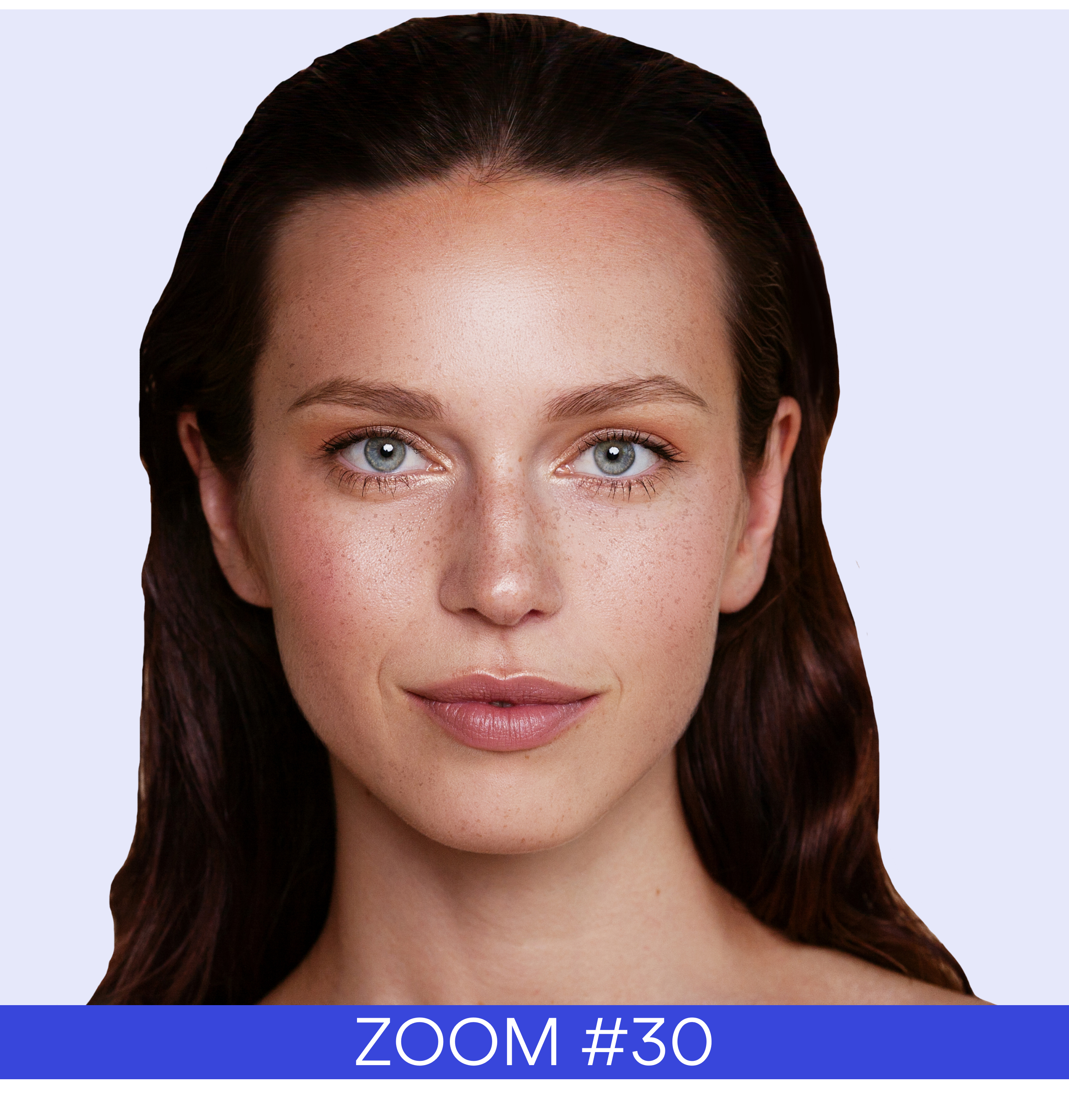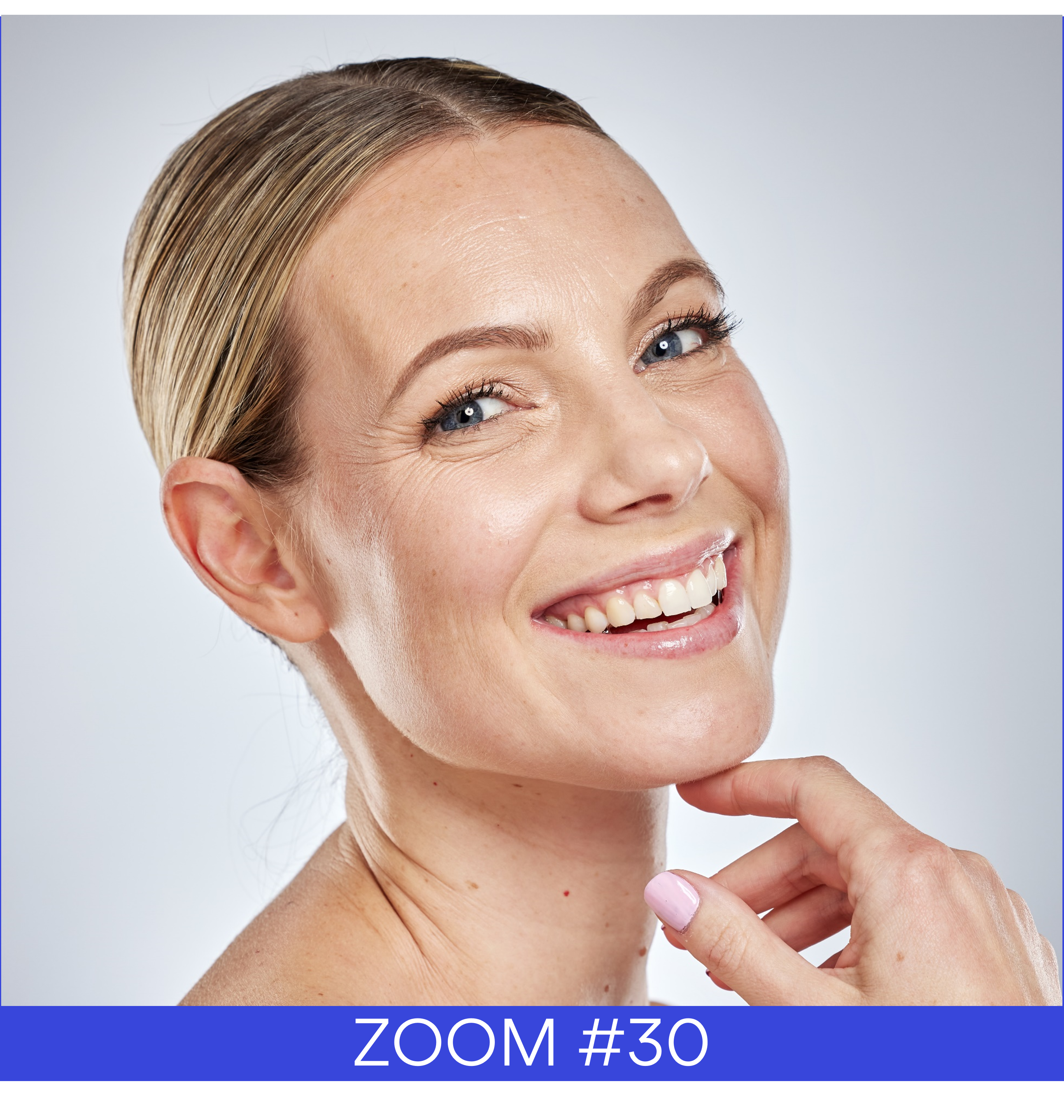We are glad to share with you the 1st FOCUS, a new publication of Skinobs. This edition is dedicated to the Toxicoloy & the regulation. 8 articles, 8 views of the today evolutions which follow the latest changes for personal care, the actives, the ingredients and the medical devices.
These modifications have consequences on the claim substantiation and evolve rather quickly all over the world. In Europe, the latest change in July 2019 have impacted the testing evaluation activities.
Here are the subjects we will talk about :
- BIODEGRADABILITY AND ECOLOGICAL LABEL by Expertox
- COMPATIBILITY CONTAINER-CONTENT AND PRODUCTS SAFETY by CCA GRoup – Cosmepar
- SAFETY ASSESMENT OF PLANT EXTRACTS: CONSTRAINTS, CHALLENGES AND SOLUTIONS by Eurofins Cosmetics & Personal care
- REGULATION OF RESEARCH ON MEDICAL DEVICES: BOON OR BANE? by CIDP
- UNDERSTANDING THE SAFETY ASSESMENT OF COSMETICS PRODUCTS by Reg&Safe
- FOCUS ON OMNIBUS REGULATION, CMR SUBSTANCES AND COSMETIC PRODUCTS IN EUROPEAN UNION by Institut Scientis
- THE ENDOCRINE DISRUPTORS: WHERE ARE WE? by Equitox
- IMPLEMENTATION OF INTERVENTIONAL STUDIES by Dermatec (CPP initiatives)
Dowload the complete article: Focus#1 global-Toxicology& Regulation-EN.VDEF
 BIODEGRADABILITY AND ECOLOGICAL LABEL
BIODEGRADABILITY AND ECOLOGICAL LABEL
Dr Stéphane PIRNAY – Toxicologist Expert
According to the OECD definition, biodegradability is: “the alteration of the chemical structure of a substance resulting from a biological action and resulting in the loss of specific properties of that substance”. Biodegradation in the presence of oxygen (aerobiosis) is to be distinguished from degradation in the absence of oxygen (anaerobiosis) by the nature of the degrading microorganisms and degradation products.
Biodegradability is one of the criteria for the EU Ecolabel. The requirements for the assessment and verification of this criterion are described on ANNEX of the “COMMISSION DECISION of 9 December 2014 establishing the ecological criteria for the award of the EU Ecolabel for rinse-off cosmetic products”. [notified under number C (2014) 9302 (2014/893 / EU)] “.
The theoretical evaluation of Biodegradability is based on the calculation of the following values:
- ONBDa: Total content of the product of organic substances used in the composition of the product which are not biodegradable under aerobic conditions (not easily biodegradable).
- ONBDan: Total content of the product of organic substances used in the composition of theproduct which are not biodegradable under anaerobic conditions.
…/… Dowload the complete article
Contact: Dr Stéphane PIRNAY – expertoxsp@gmail.com
 COMPATIBILITY CONTAINER-CONTENT AND PRODUCTS SAFETY
COMPATIBILITY CONTAINER-CONTENT AND PRODUCTS SAFETY
During manufacturing, packaging or storage, physical and chemical exchanges can take place between the product and its packaging. These exchanges can impact the quality, efficiency and safety of the product.
A work to define an evaluation protocol is underway and results are not expected until 2025. The work carried out so far is moving towards a food approach, finally far removed from our cosmetic realities: Which simulants are representative of cosmetics & personal care? How to compare oral toxicity and dermal toxicity?2. The “Worst case” approach is to maximize everything. Look for and list the “extractables”, i.e. all substances (or almost) present in the material of the pack, and then measure in personal care products the possible presence of multitudes of substances.
The denaturation of the material necessary to measure “extractables” generates a number of chemicals for which the probability of occurrence in even extreme ageing conditions is zero. The risk is therefore to focus on substances of no interest at the expense of the “real culprits” in much smaller quantities but with very real effects.3. The third, more pragmatic track, proposes to follow the simultaneous evolution of cosmetic formulas in bulk and in their final container during accelerated ageing study (stability-compatibility).
…/… Dowload the complete article
Contact: Jean Louis Fiacre – jlf.com@cosmepar.fr
![]()

SAFETY ASSESMENT OF PLANT EXTRACTS: CONSTRAINTS, CHALLENGES AND SOLUTIONS
Valériane Levelut, Safety assessor and ERT Toxicologist – Eurofins | Evic
The main difficulty in assessing the risk of plant extracts lies in their complexity and variability, unlike “classic” cosmetic ingredients, which have a defined and unchanging chemical composition.
Contact: Worldwide Business Cosmetics@eurofins.com

 REGULATION OF RESEARCH ON MEDICAL DEVICES: BOON OR BANE?
REGULATION OF RESEARCH ON MEDICAL DEVICES: BOON OR BANE?
Yashnee Chunnoo- Senior Clinical Trial Manager and Regulatory Submission Lead
The recent EU Regulation 2017/745 seeks to protect public health and overhaul how medical devices are regulated in the European Union. While this Medical Device Regulation (MDR) enforces stricter control, it has important implications for the cosmetic industry. From gels and emulsions to cosmetic lenses, breast implants, dermal fillers, liposuction and lipolysis equipment, and lasers, all devices entering the European market will have to comply with this regulation, including the CE marking process by May 2020. Considering that the existing capacity within the few handful notified bodies is extremely strained, is the system ready to handle this onslaught of devices?
Under amendments proposed to the MDR on the 25th November 2019, manufacturers of certain lower risk medical devices, for instance reusable Class I medical devices and Class I software, will be given a four-year transitional period until May 26, 2024, before they are required to meet the new regulation standards. This grace period will relieve the pressure on the notified bodies and also allow the manufacturers to prepare their technical documentation supported by tests and clinical data, set up their Quality and Risk Management Systems and also improve their market surveillance. These devices would still need to meet certain conditions such as sustained compliance with the relevant directive and ensuring no significant changes in the design and intended purpose of the device. Nonetheless, the MDR requirements for market surveillance, post-market surveillance, vigilance, registration of economic operators and of devices will be applicable instead of the corresponding regulations in the current Directives.
…/… Dowload the complete article
Contact : Business contact – info@cidp-cro.com

 UNDERSTANDING THE SAFETY ASSESMENT OF COSMETICS PRODUCTS
UNDERSTANDING THE SAFETY ASSESMENT OF COSMETICS PRODUCTS
Françoise Perrodin – Safety Assessor – EUROTOX Registered Toxicologist
A thorough assessment that covers long-term impacts on health
This assessment is made by identifying for each ingredient the dose/quantity absorbed that has no observed toxicological effect (NOAEL) on the organism. Then, taking into account the actual dose to which the user will be exposed by his daily use of the cosmetic product—the most conservative/worst-case scenario is always taken, a Margin-of-Safety (MoS) is calculated for each substance.
For a cosmetic product to be safe, the MoS has to be at least 100, meaning that the dose to which the user is exposed is 100-fold less than the dose that did not have any adverse effect in the most sensitive species in which the substance was tested.
The MoS of 100 embraces the differences in the population: ages, weight, health conditions, etc, and differences between species. When the NOAEL comes from human data, a MoS of 10 is used, and if the human sample is large/representative enough, a MoS of 1 is sufficient.

FOCUS ON OMNIBUS REGULATION, CMR SUBSTANCES AND COSMETIC PRODUCTS IN EUROPEAN UNION
The article 15 of cosmetics regulation is particularly shifting towards carcinogenic, mutagenic and/or toxic subtances for reproduction (CMR), divided in 3 categories according to their classifications harmonised within the Regulation CLP (CE) n°1272/2008, related to classification, labelling and packaging of substances and commingling (CMR 1A, 1B et 2). The substances CMR are usually prohibited ingredients in cosmetics.Yet, a substance CMR 1A or 1B can be used, exceptionally, if it meets in full the following requirements : compliance with food safety requirements, absence of any more appropriate alternative substance, advice of the European Scientific Committee for the Consumers Safety (CSSC) judging it is safe for defined use in cosmetic products, taking into account exposition considered as global, including particular attention to vulnerable populations.A substance CMR 2, on the other hand, can be used in exceptional circumstances if the CSSC ensures the safe use in the cosmetics.In order to integrate all the CMR substances whose classification had been harmonised since 2010, but which had not been considered by the European cometics regulation, the Regulation (UE) n°2019/831, called « Omnibus Regulation » has entered into force since June, 12th 2019 and has consequently clarified the use of the CMR substances. This regulation makes the connection with the article 15 of the cosmetics regulation.
![]()

Stéphanie MOULIN – Toxicologist
In 2002, the World Health Organization (WHO) proposed a definition of endocrine disruptors (EDs). An EP is an exogenous substance that alters the functions of the endocrine system with the result that adverse effects on the health of an organism, its offspring or its (under) populations. Based on this definition, European chemical regulations have strengthened their regulatory network to consider PEs with the aim of protecting people and the environment. For example, various regulations put in place processes for identifying and characterizing PEs. This task is complex because it relies on a robust set of data to prove whether or not a substance meets the definition of an MOU.In 2017, the scientific criteria for determining the disruptive properties of the endocrine system were adopted at European level for biocides, followed by phytopharmaceuticals (April 2018), and cosmetics (November2018). Under the REACh regulation, the identified PEs are considered to be substances of extreme concern (SVHC), with a level of concern equivalent to carcinogens, mutagens or reproductive toxics. To date,16 substances are SVHC because PE has been revered. Some of these substances are already subject to the REACh licensing process. 82 other substances are suspected to be PEs. They are being evaluated to clarify this concern.
…/… Dowload the complete article
Contact : Stéphanie MOULIN – Stephanie.moulin@equitox.eu

What are RIPH studies?
Framed by the Jardé Law, these interventional studies are carried out through prospective research involving the follow-up of healthy patients or volunteers in order to develop biological or medical knowledge. They are of three orders:
- so-called Category 1 interventional research that involves an intervention not without risk to the participants and not justified by their usual care. This is most often research involving drugs but also on surgical procedures, medical devices or cell therapies.
- risk and minimally constrained interventional research category 2 that involves minimal intervention or minimal action. Their exhaustive list is set by an order. Studies may focus on health products or drugs under their usual conditions of use if and only if they are not the subject of research.
- category 3 searches that are risk-free. It can be adherence to treatments, tolerance to a drug after it is put on the market, practices of one health center compared to another…
Complementarity centers of expertise, support of the RIPH studies
DERMATEC by CPPi (Center of Partnership Projects – Initiatives) was born out of a desire to pool knowledge, skills, expertise and initiatives. CPP initiatives thus give all the tools to its expert poles, to carry out their monocentric and multi-center projects, interventional, non-interventional, mixed, in hospital, outpatient and home. One of the major strengths of this initiative center is to rely on the regulatory support of the CRO Partners platform for the conduct of RIPH interventional clinical studies and the 20 years of experience of the association LyREC (Lyon Research Clinique), specializing in the design and execution of industrial and academic clinical studies. CPPi now has two internal clinical investigation centers to meet client needs. The first is located in Tassin-la-Demi-Lune for perfect synergy with the Centre Laser Médical Ouest (CLMO). PIC, the second center, is located in the Centre Hospitalier Lyon Sud (CHLS), partner of allergology, clinical immunology and rheumatology services through LyREC which hold the Regional Health Agency authorization as a research site for Research Involving the Human Person (RIPH) Category 1.
Anne Charpentier









 Follow us on Linkedin!
Follow us on Linkedin!
You must be logged in to post a comment.